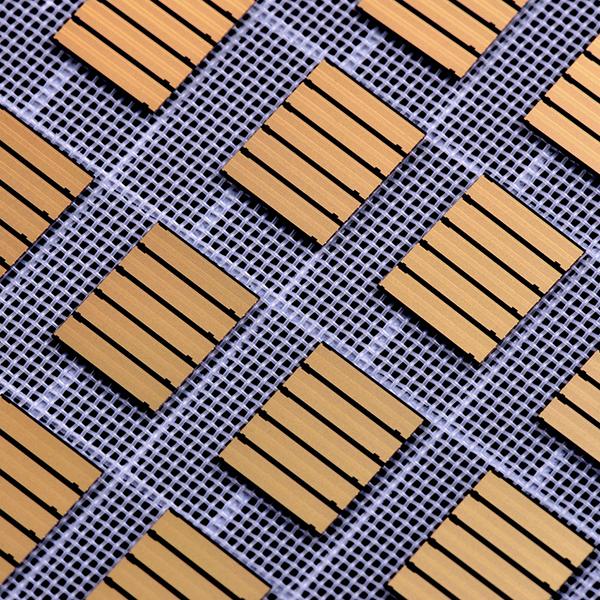


Researchers at Intel, the world's largest chip maker, and the University of California, Santa Barbara, have announced that they have developed a silicon-based chip that can transfer data using laser light. It will be a new technology that will use laser light rather than wires to transmit and send data between the chips.
Jürgen Michel, a researcher at MIT's Micro photonics, says that millions of tiny wires will be going here and there to connect different parts if you look at a microprocessor. Beneath the surface, you will find even more. So, the researchers are trying to eliminate all those wires with flashing Silicon and Germanium lasers that use Infrared radiations to transmit data.
"We're using photons, rather than electrons, to do it better", they say.
Lasers have already proved their worth to us. We are already using laser technology in transmitting loads of data at reasonably high speeds between offices, cities and even continents - using optical fiber cables.
Introducing laser technology to transmit data in chips will allow the industry to operate with better speed and diminishing costs, leading to higher efficiency. This technology can change and bring revolution in the communication and computer industry in unimaginable ways. Laser chips will also allow sending loads of data to and from individual homes at low costs.
Laser chips have been created by bonding indium phosphide, a light-emitting compound, on a standard silicon chip crafted with unique channels that act as light-wave guides. A Germanium laser can transmit data a hundred times faster than the electrons that constitute electricity in the wires.
T
he chip is created with underground tunnels to transmit light and sensors to relay and interpret the data. The chips have been developed using current semiconductor processing techniques with minor modifications, so the transition to laser-based chips is inevitable for the near future.
John E. Bowers, director of the Multidisciplinary Optical Switching Technology Center at the University of California, Santa Barbara, says, "Everything will change, and laser communications will be everywhere, including fiber to the home."
Laser chips could also lead to the advent of an entirely new breed of supercomputers that can transfer data internally at unimaginable speeds.
These chips can hit speeds over a terabyte per second.
The need has never been greater. Bringing laser chips into the picture will change the scenery for all the big players in the communication and computer industry and have paved the way for incredible future possibilities.
Reference :
Image Reference.